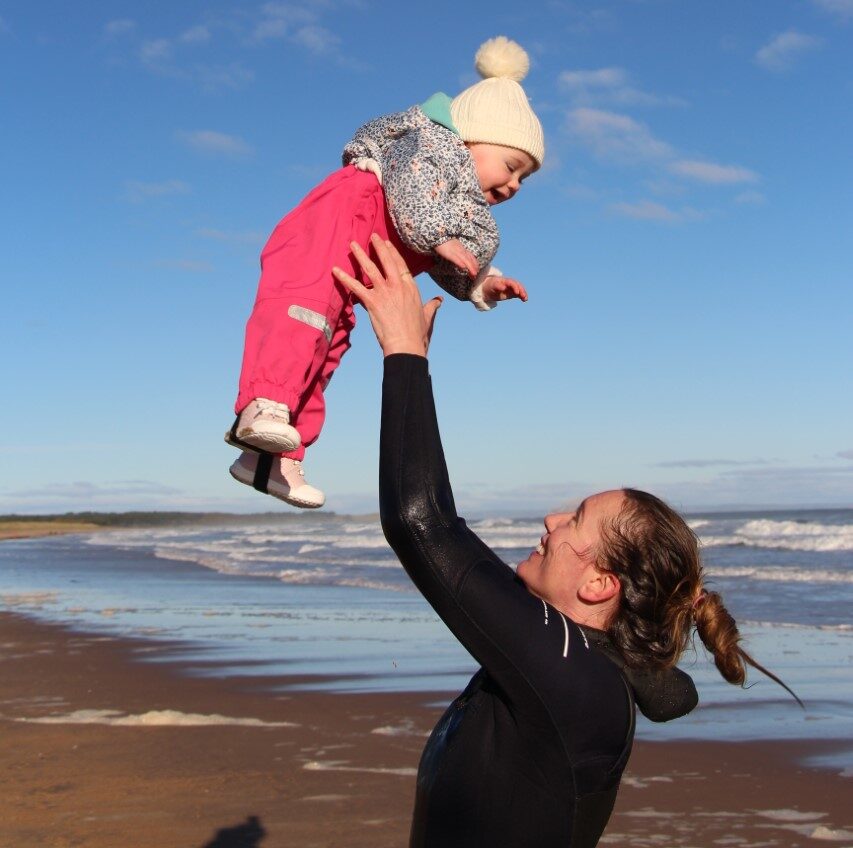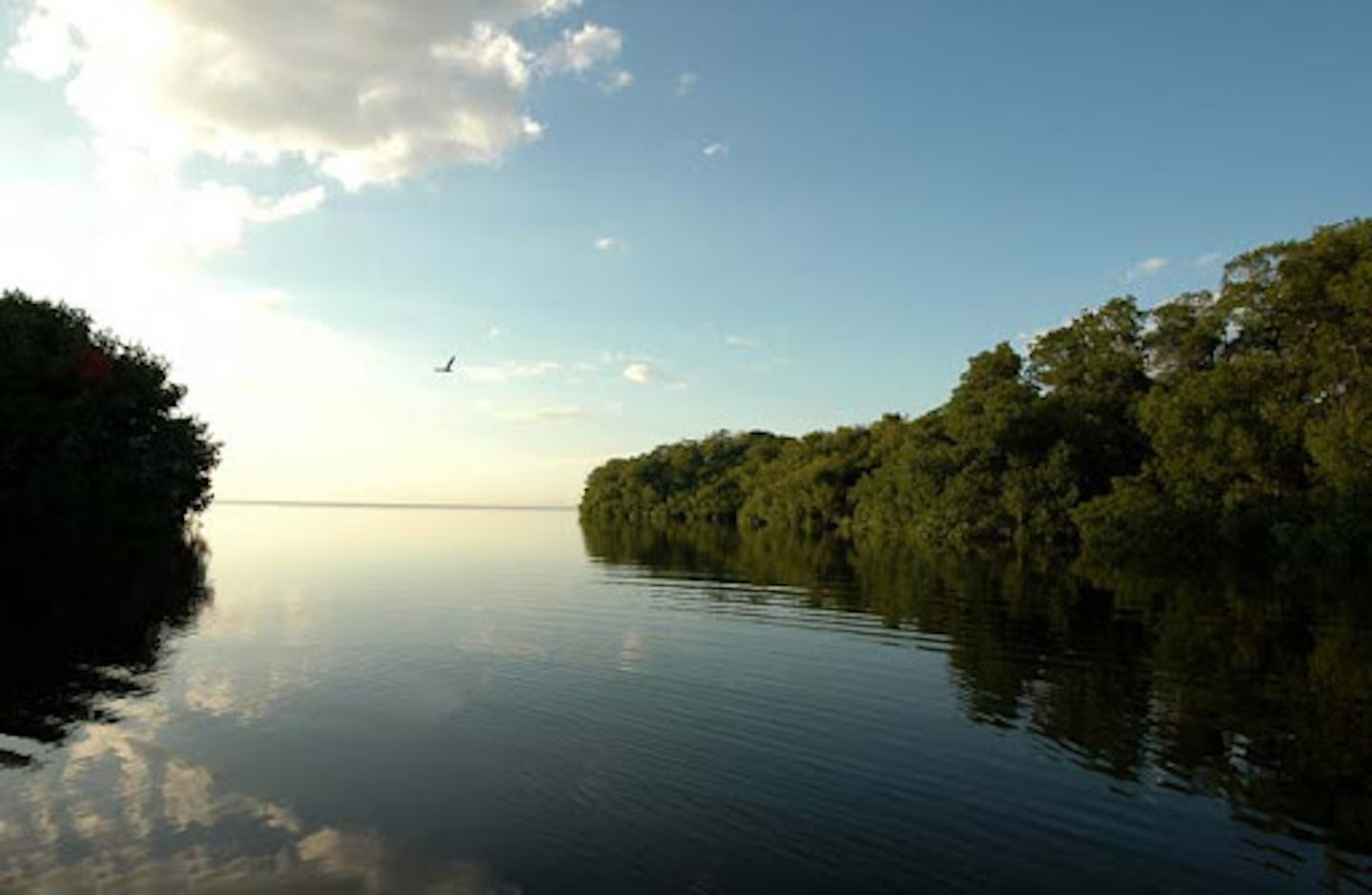A Life On Our Planet

[vc_row type=”in_container” full_screen_row_position=”middle” scene_position=”center” text_color=”dark” text_align=”left” overlay_strength=”0.3″ shape_divider_position=”bottom” bg_image_animation=”none”][vc_column column_padding=”no-extra-padding” column_padding_position=”all” background_color_opacity=”1″ background_hover_color_opacity=”1″ column_link_target=”_self” column_shadow=”none” column_border_radius=”none” width=”1/1″ tablet_width_inherit=”default” tablet_text_alignment=”default” phone_text_alignment=”default” column_border_width=”none” column_border_style=”solid” bg_image_animation=”none”][vc_column_text]“I’ve had an extraordinary life. It’s only now that I appreciate how extraordinary. As a young man, I felt I was out there in the wild, experiencing the untouched natural world – but it was an illusion. The tragedy of our time has been happening all around us, barely noticeable from day to day – the loss of our planet’s wild places, its biodiversity. I have been witness to this decline. A Life on Our Planet is my witness statement, and my vision for the future. It is the story of how we came to make this, our greatest mistake – and how, if we act now, we can yet put it right. We have one final chance to create the perfect home for ourselves and restore the wonderful world we inherited. All we need is the will do so.” -Sir David Attenborough I imagine that by now a fair few of you reading this blog will have seen (or read) A Life On Our Planet; the‘ Witness Statement’ of Sir David Attenborough. If you haven’t, then I would absolutely encourage you to watch it. In fact do that NOW, you can come back to this blog later… If you were feeling anything like me, I was struggling to bring myself to watch the film. Against the background of COVID-19, the perpetual isolation from family and friends, the chronic lack of sleep from my early days of parenting and the harrowing reports I read daily relating to the triple crises of climate, biodiversity and pollution then quite frankly I felt I just didn’t have it in me to sit through some beautifully shot sequences of humanity trashing the planet! But I did sit down to watch it… and I am so very glad I did. Did I sit through a horror show? Well yes… But did it depress me? Well no… If anything the last 30 minutes of the film re-energised me. I needed a ‘pick me up’ and this film was it. If you are reading this blog, then chances are you already know that there has never been a more urgent need to restore damaged ecosystems than now, and I’m not just talking about seagrass ecosystems, but ALL ecosystems. It’s time to revive our planet. #Generation Restoration So here’s my CALL TO ACTION, head over to UNEP’s website NOW and join the #GenerationRestorationmovement today. There has never been a more urgent need to restore damaged ecosystems than now. Ecosystems support all life on Earth. The healthier our ecosystems are, the healthier the planet – and its people. The UN Decade on Ecosystem Restoration aims to prevent, halt and reverse the degradation of ecosystems on every continent and in every ocean. It can help to end poverty, combat climate change and prevent a mass extinction. However, the decade will only succeed if everyone plays a part. So join the movement today! 30km2 by 2030 As a team of interdisciplinary scientists, the work of Project Seagrass crosses the boundaries of both environmental conservation and social action. For seven years we have worked on the ground with coastal communities, both in the UK and internationally. If the last seven years has taught us anything at Project Seagrass, it’s that achieving our mission begins with how we build our team and how we work together. And now we need to work together more than ever: “At Project Seagrass, we are aiming to restore 30km2 of seagrass across the UK by 2030.” Whether you call it ‘rewilding’ or ‘restoration ecology’ the end point is the same. We need to put habitat back and quickly. Or as sir David said: “We have one final chance to create the perfect home for ourselves and restore the wonderful world we inherited. All we need is the will do so.” So to both UNEP and Sir David please know we are ‘all in’ with #GenerationRestoration, and after watching A Life On Our Planet, I am sure you will be too. Stay safe x RJ[/vc_column_text][/vc_column][/vc_row]
Seagrasses starred in Ocean Hackathon Mexico 2020

[vc_row type=”in_container” full_screen_row_position=”middle” scene_position=”center” text_color=”dark” text_align=”left” overlay_strength=”0.3″ shape_divider_position=”bottom” bg_image_animation=”none”][vc_column column_padding=”no-extra-padding” column_padding_position=”all” background_color_opacity=”1″ background_hover_color_opacity=”1″ column_link_target=”_self” column_shadow=”none” column_border_radius=”none” width=”1/1″ tablet_width_inherit=”default” tablet_text_alignment=”default” phone_text_alignment=”default” column_border_width=”none” column_border_style=”solid” bg_image_animation=”none”][vc_column_text] Written by Maru Bernal Last October 9th, the Ocean Hackathon® 2020 took place in Mexico City. This is an event in which multidisciplinary teams have access to international databases and have 48 hours to develop a pilot project or proof of concept that targets an ocean-related problem. This year’s event, organized by IFAL (French Institute of Latin America), had seagrasses as protagonists when the team called “Carbón ¡Oh no!” won the first place with a project that targeted seagrass beds conservation. In spite of their relevance and vulnerability, seagrass beds constitute one of the least protected ecosystems on the planet. For this reason, the “Carbón ¡Oh no!” team developed a model based on artificial intelligence that is capable of detecting changes in seagrass coverage through Landsat Satellite Images. With this model they aim to estimate the amount of carbon stored in seagrasses from “Los Petenes” Biosphere Reserve, then translate it into carbon credits and finally give an estimated value in dollars. The objective of their project is to attract the attention of governments and decision makers on the biological and economic importance of this ecosystem; as well as making visible the urgent need to preserve it and emphasize its potential to mitigate climate change. Additionally, they created a remote sensing prototype based on a micro-spectrograph that would be specialized incollecting data in situ with the purpose of complementing satellite information and strengthening monitoring in this areas; facilitating in this way the creation of management and rehabilitation plans. The ten team members who participated in the solution of the challenge are Luis Gerardo Canales (Earth Sciences and Mathematics, UNAM), José López (Biologist, UAM), Ismael Contreras (Eng. in Natural Resources, Chapingo), María Sara del Río (Biologist and Mathematics, UNAM), Joel Herrera (Physicist, UV), Karen Álvarez (Biologist, UAM), Christopher Foster (Earth Sciences, UNAM), Adrián Acevedo (Biologist, UNAM), Miriam Álvarez (Engineer Geologist, UNAM) and Maru Bernal (Biologist, UNAM). Mexico has new seagrass protectors! Title image credit: Los Petenes_CONANP[/vc_column_text][/vc_column][/vc_row]

